From their heyday in the 1940s to their demise: The end of trishaws in Singapore
Trishaws have stopped plying Singapore’s streets since June 2023, after the contract of the last trishaw operator ended and was not renewed. CNA looks back at the origins of trishaws in Singapore and their eventual demise.
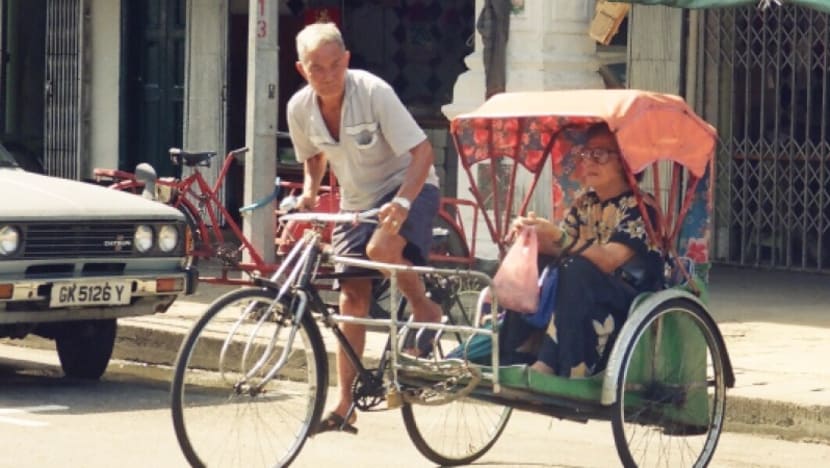
A trishaw with a passenger at Syed Alwi Road in 1993. (Photo: Liesel Strauss collection, National Library, Singapore)

This audio is generated by an AI tool.
SINGAPORE: Decades ago, trishaws used to be one of the most popular modes of public transport in Singapore, but today, they no longer ply the streets.
On Tuesday (Apr 9), the Singapore Tourism Board (STB) confirmed with CNA that no trishaw service is operating in the country after the contract of the last operator ended and was not renewed.
From taking people through crowded inner-city streets in the 1940s to becoming a tourist attraction and their eventual demise, CNA journeys through the history of trishaws in Singapore.
1914 – 1943: FROM RICKSHAWS TO TRISHAWS
The trishaw evolved from the rickshaw – a small, two-wheeled cart pulled by a man.
Originating from Japan, rickshaws were first seen in Singapore in the 1880s. They were one of the earliest modes of transport in Singapore, alongside steam trams and bullock carts.
Rickshaw rides were inexpensive and ideal for short journeys through crowded inner-city streets.
The first trishaws were officially registered in Singapore in 1914, according to Roots, a website by the National Heritage Board (NHB). Known as “pedal rickshaws”, these early trishaws were essentially modified rickshaws attached to bicycles.
But the initial batch of 15 trishaws was said to be “crudely constructed” and did not last long on Singapore’s streets, according to the National Library Board’s (NLB) Infopedia website.
An American company’s request to import 500 trishaws in 1914 was rejected by the British colonial authorities due to road safety concerns.
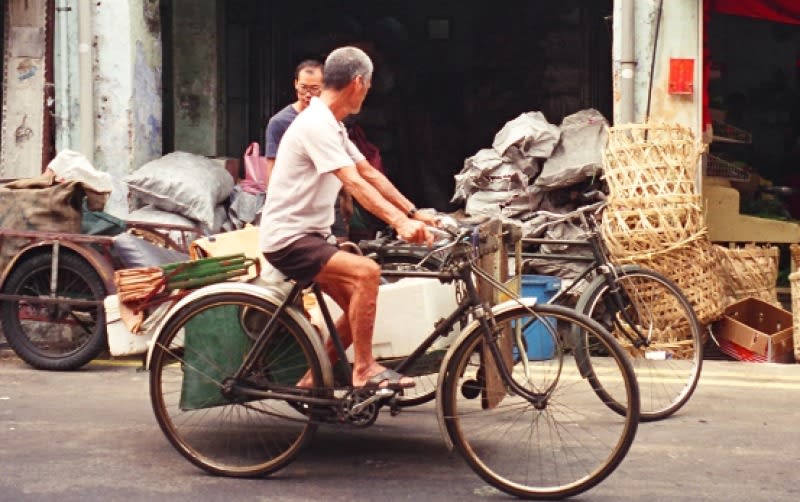
During the Japanese Occupation of Singapore from 1942 to 1945, trishaws were reintroduced. The first batch of 10 trishaws plied the streets on Aug 7, 1943, with an official fare rate of 15 cents per mile.
The operator rented out each trishaw at 80 cents per day, according to an article in the Syonan Times – a propaganda newspaper that was run by the Japanese military during the Occupation.
Many of these early trishaw riders were Chinese immigrants from the Henghua, Hokchia and Hokkien dialect groups hailing from Fujian province in China.
They arrived in Singapore from the late 19th century and were “relatively late immigrants”, said NLB’s Infopedia.
With traditional occupations and trades taken up by earlier immigrants, they started in the rickshaw industry, before becoming trishaw riders.
At that time, most trishaw riders were fluent in more than one language or dialect, although not many spoke English.
1940s: POST-WAR BOOM
Trishaw numbers surged in the 1940s, especially after the Japanese Occupation when petrol for motor vehicles was scarce.
Colonial authorities abolished rickshaws in 1947, prompting many rickshaw pullers to transition to trishaw riders.
These trishaws during the post-war era were crafted from local materials and parts. Initially built in various shapes and sizes, their dimensions were later standardised by the Municipal Commission in 1946 and again in 1948.
Their numbers grew as they played a vital role in supporting “informal sector businesses”, such as hawkers, street pedlars and petty traders by transporting goods for them, said NLB's Infopedia website.
But they also facilitated illicit activities, such as gambling and prostitution, by taking people into the back alleys of shophouses where such activities took place.
In 1948, the rates for trishaws were fixed at 20 cents for every half mile or part thereof. Instead of going by distance, trishaw riders could also charge S$1.50 for every hour, or 40 cents for every additional 15 mins.
There were mainly two shifts – one from 5am to 2pm, and the other for the rest of the day.
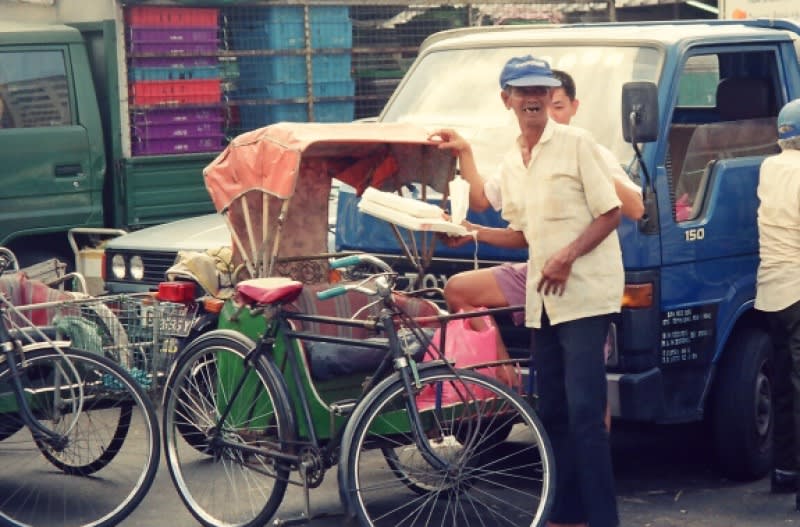
1950s – 1970s: DECLINE AS PUBLIC TRANSPORT
The trishaw industry saw a decline from the mid-1950s due to increasing government regulation and the rise of motor vehicles, as well as urbanisation.
After the surrender of the Japanese in 1945, colonial authorities were keen to control petty trading and introduced regulations to limit street hawkers and trishaw riders after their numbers swelled during the Occupation.
In December 1946, mandatory registration and licensing were established for trishaw riders, accompanied by a licensing test and a requirement to wear arm badges.
The Singapore Rickshaw and Trishaw Workers’ Union opposed these measures, citing the high licensing fees of S$5 and the perceived degradation of its members with the arm badges. Many trishaw riders refused to sign up.
A compromise was eventually reached – the arm badges were replaced with badges and the union would conduct the licensing tests.
In June 1948, a law was introduced to disallow the registration of new trishaws.
Further quotas were announced the following year – the authorities set the maximum number of trishaw riders at 9,000 and capped trishaws at 7,900. These quotas were reduced by 1954 to 5,175 riders and 4,820 trishaws.
“These reductions were usually justified by the authorities on the grounds that trishaws were either too slow or taking up too much parking space,” said the NLB Infopedia article.
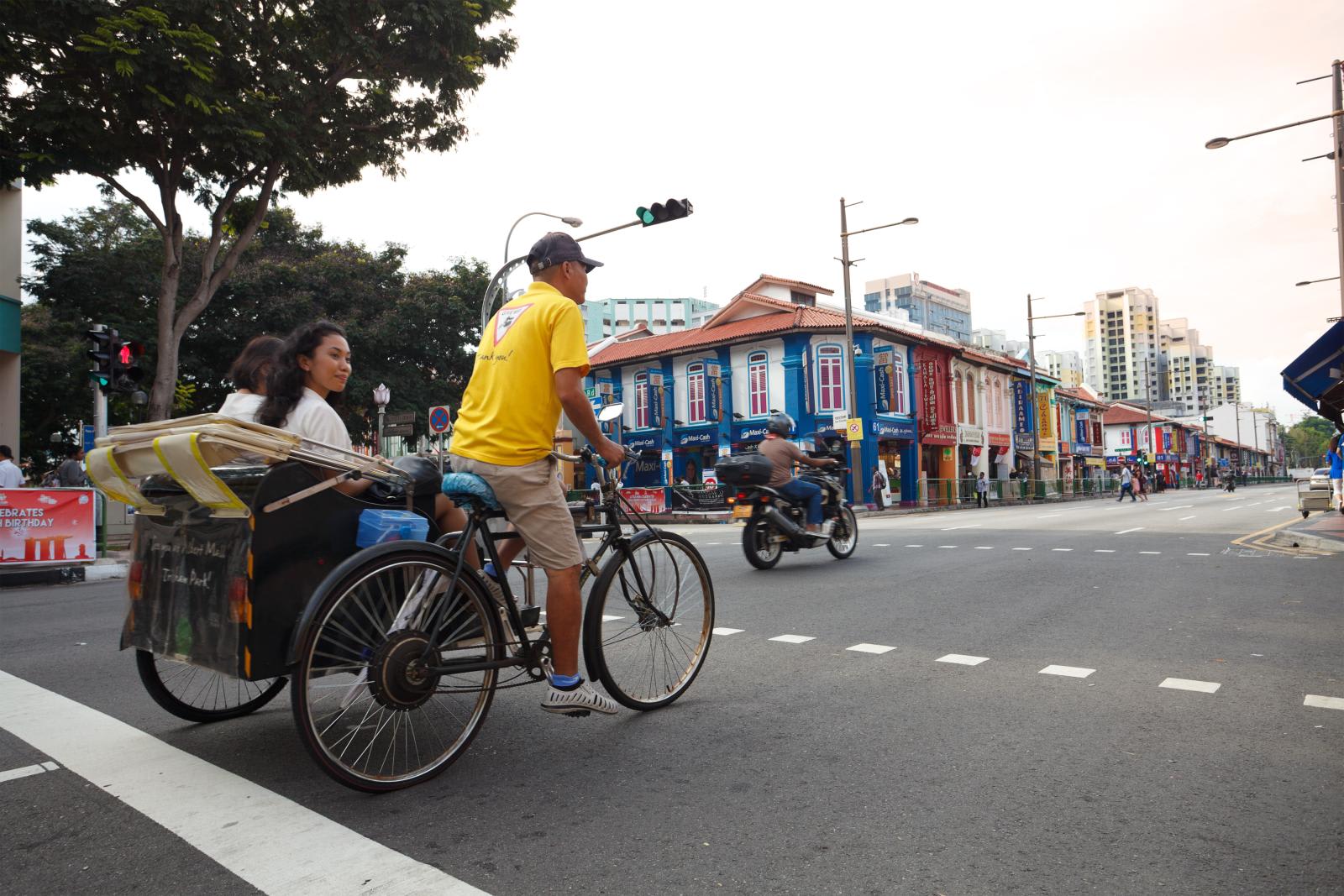
It was not just regulations. The rise in the number of cars, including taxis, hastened the decline of trishaws.
With cars becoming more affordable, trishaws became a comparatively dangerous means of travel.
Taxis were the most direct threat to the trishaw industry – and not only legitimate ones. Illegal or “pirate taxis” in the 1950s took customers away from trishaws.
Away from the roads, Singapore’s rapid modernisation and urbanisation following its independence in 1965 further accelerated trishaws' decline.
The urbanisation programme cleared out slums and squatter settlements in the inner-city area, resulting in trishaw riders losing their primary source of income as their clients mainly came from these areas.
By the late 1970s, trishaw riders had become a dying breed.
1970s – 2023: LAST RIDE
Although trishaws were no longer a common mode of public transport, they were retained as heritage attractions for tourists to experience the Singapore of yesteryear.
“With progress and advancement of urban planning, and the public transportation system in Singapore, the relevance of the trishaw as a means of transportation declined,” said Mr Benjamin Cassim, senior lecturer in hospitality and tourism management at Temasek Polytechnic.
“As a supporting tourist service, trishaw rides offered visitors in Singapore the opportunity to view some of the heritage precincts at a slower pace and get more information from the trishaw operator through initiated conversations,” he added.
An LTA spokesman told The New Paper in 2014 that it had stopped issuing new Trishaw Rider’s Vocational Licences to individual riders since September 2001.
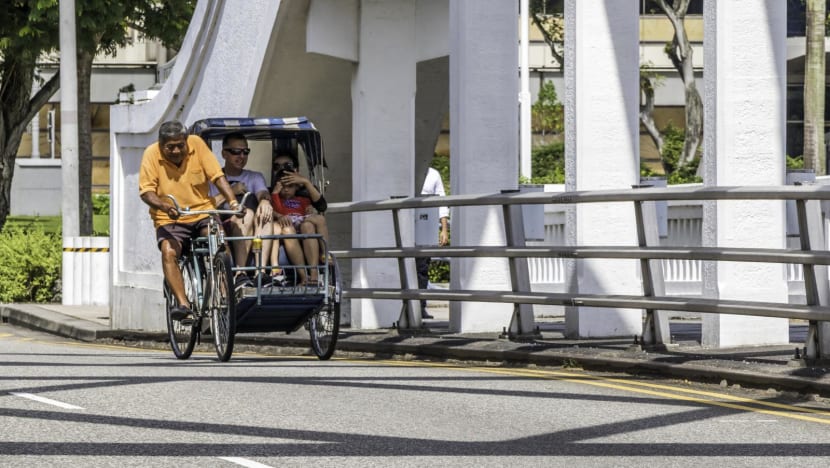
The popularity of trishaws dwindled over the years, and they became a rare sight during the COVID-19 pandemic when borders were closed.
Trishaw Uncle was the last sole licensed operator of trishaw tours in Singapore, but it ended its contract with the Singapore Tourism Board (STB) in May 2023.
The company used to run tours covering popular tourist destinations like Little India, Chinatown, Kampong Glam and the Civic District.
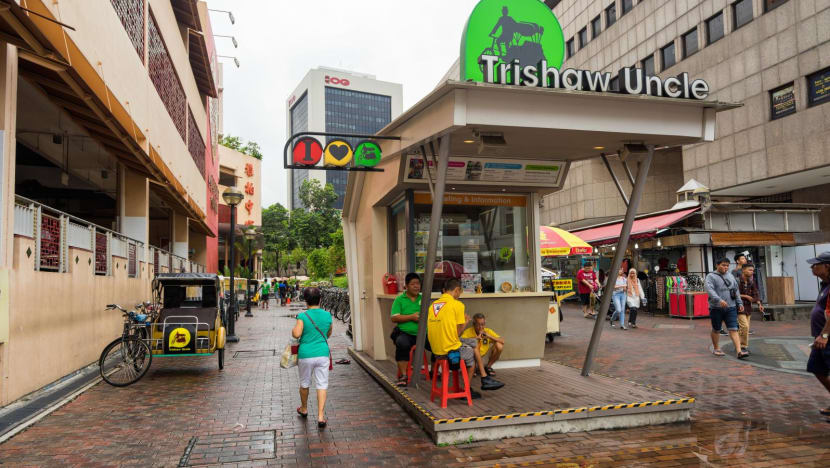
Trishaw Uncle had to return its site at Albert Mall Trishaw Park on Queen Street for “other uses”, its executive Tieu Xin Yue told CNA on Tuesday.
STB's director of travel agents and tourist guides Annie Chang confirmed that the site of Trishaw Park was "returned to the relevant agencies for their review on usage of the site".
"There are currently no other trishaw services operating in Singapore," she added.
Trishaw Uncle owned 100 trishaws but scrapped these shortly after its contract ended, as it was unable to find a suitable holding place for them, Ms Tieu said.















